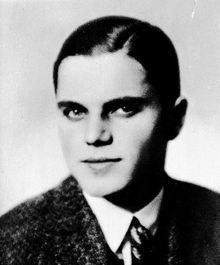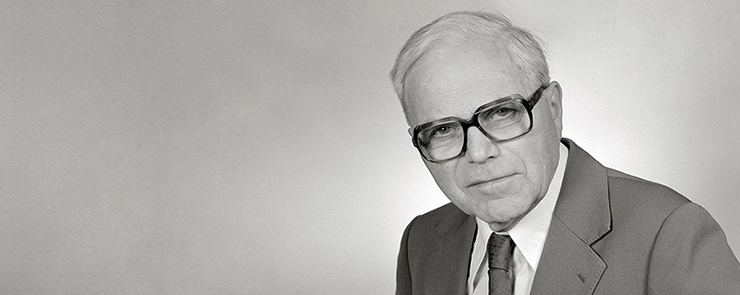Full Name Bela Barenyi Role Engineer Name Bela Barenyi | Occupation Inventor, Engineer Nationality Austrian | |
 | ||
Relatives Friedrich Barenyi (aviation pioneer) (brother), Seraphin Keller (industrialist) (great-grandfather), Fridolin Keller (industrialist) (grandfather) Died May 30, 1997, Boblingen, Germany | ||
B la bar nyi a history of safety mercedes benz original
Béla Barényi (1 March 1907 in Hirtenberg, Austria – 30 May 1997 in Böblingen, Germany) was an Austrian engineer, of Hungarian heritage and Austrian heritage (from his father's and mother's side, respectively). He is regarded as the father of passive safety in automobiles. He was born in Hirtenberg, Austria near Vienna, Austria during the Austro-Hungarian Empire. His father Jenő Barényi (1866–1917) was a Hungarian officer, a teacher at the military academy at Pressburg, a former Hungarian capital (known in Hungarian as Pozsony, now more commonly as Bratislava since the creation of Czechoslovakia following World War I and the Treaty of Trianon).
Contents
- B la bar nyi a history of safety mercedes benz original
- Mercedes benz b la bar nyi tv werbung 1991
- References

Barényi was known as a prolific inventor. There have been claims that, when he retired on 31 December 1972, he had more than 2000 patents, twice as many as Thomas Edison; and claims that Barényi had over 2500 patents by 2009. However, the claims include patents filed in multiple countries for the same invention, which are not separate inventions. Barényi's patent count documented at the European Patent Office is 1,244 worldwide with 595 of those filed in Germany, the primary filing country of his primary employer.

After mechanical and electrical engineering studies at the Vienna college, he was employed by various Austrian automobile companies: Austro-Fiat, Steyr and Adler automobile companies before joining Daimler-Benz in 1939. Dr Wilhelm Haspel, a member of the board of management was won over by Barényi’s conviction during his job interview. Barényi, explained in detail how conventional steering, steering column, steering wheel, suspension and body should, in his opinion, be changed in order to enhance safety for the car's occupants. Haspel hired Barényi, justifying his decision by saying, “A company like Daimler-Benz can’t afford to live hand to mouth. Mr Barényi, you are thinking 15 to 20 years ahead. In Sindelfingen you’ll be working in a world apart. Whatever you invent will go directly to the patent department.” Heading the pre-development department of Daimler-Benz from 1939 to 1972, he developed the concept of the crumple zone that he first came up with in 1937, the non-deformable passenger cell, collapsible steering column, safer detachable hardtops etc. and other features of Mercedes-Benz automobiles.
He is also credited with having conceived the basic design for the Volkswagen Beetle in 1925, five years before Ferdinand Porsche claimed to have done his version. Barényi was nominated for the award of Car Engineer of the Century in 1999 and inducted into the Detroit Automotive Hall of Fame in 1994.

Barényi died in Böblingen, Germany. A Mercedes advertisement featuring Barényi’s image stated: “No one in the world has given more thought to car safety than this man.” Béla Barényi left a broad record of his inventions to Technisches Museum Wien in Vienna in his native country Austria.

He was inducted into the Automotive Hall of Fame in 1994.
